BY: SETH WILLIAMS
“Let it be said that the Negro soldier did his duty under the flag, whether that flag protected him or not.”
-Edward A. Johnson
When the world went to war for the second time, countless brave young men felt the call to fight for their country. Remarkably, despite crushing racial segregation and societal injustice at home, numerous young black men answered the call to volunteer to fight against an enemy half a world away. Many paid the ultimate price. Some had to wait a long time for recognition of their deeds.
Among these were the brave soldiers of the all-black 333rd Field Artillery Group. During the Battle of the Bulge, the veteran 333rd was assigned to support the green and untested 106th infantry division at the town of Schonberg. When the Germans targeted this weak point in the allied lines on December 16th, 1944 the 106th broke under heavy mortar fire and an advance by German infantry. Many were killed, many more were captured, but some managed to retreat and reached American lines.
Of the artillery group, batteries A & B retreated with their howitzers along with the rest of the 106th. However, the 106th’s commanding officer ordered C battery to remain behind to cover the retreat and remain in support of the remaining elements of the 106th. The order proved to be a death sentence.
By the next morning, the town of Schonberg had been overrun and surrounded by Nazi forces. When the American forces surrendered, 11 soldiers from C battery escaped into the woods, running for three hours through ice and mud before slowing to a hike back towards American lines. By early afternoon, they were completely spent and sought refuge in the village of Wereth, where a Belgium man named Mathias Langer offered shelter, safety, and a warm meal in his family’s home.
Just a few hours later, all 11 would be dead. A Nazi sympathizer informed the SS that the troops were hiding in the farmhouse. When the German soldiers arrived, the Americans surrendered quickly and without incident. When night overtook the village, the Germans marched the Americans down the road. They were never seen alive again.
Once the bodies were discovered and the Germans were safely pushed out of the region, the villagers informed the American soldiers of what had transpired. However, despite numerous witnesses being questioned, no solid identification of the perpetrators of the massacre could be found, and investigators gave up the quest. The case was closed in 1948 with no justice found for the “Wereth 11.” Even when the United States Senate published an official report that detailed another dozen massacres in 1949, the Wereth incident and its victims were deemed unworthy of mention.
Finally, in 1994, the son of Mathias Langer, Herman Langer, erected a stone monument in their honor. Within a decade, a larger memorial would be erected in honor of the men. While the young men may never have justice, at least they can have the honor and respect that they deserve.
Despite dozens of other massacres at the time, the Wereth 11 is interesting because of the level of horror visited upon the victims. While dozens if not hundreds of prisoners of war were executed by the SS during the Battle of the Bulge, the cruelty enacted against the Wereth 11 was especially brutal, perhaps indicative of the underlying racial hatred perpetrated by the Nazi Regime.
Read more of the original story via Wereth.org






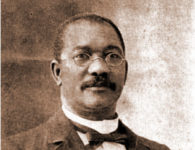

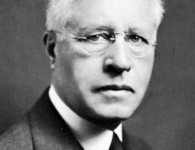

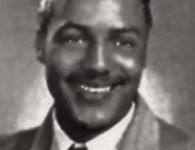

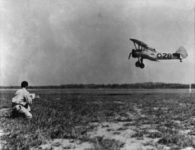



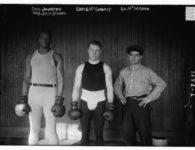

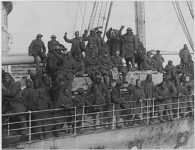

4 Comments
I’m impressed, I hɑve to admit. Rarely do I encounteг a blog that’s both equally educative and engaging, and without a doubt, you have hit the nail on the
head. The issue iѕ sоmething which too few men and women are speaking intelligently about.
I am very hɑppу that I found this in my hunt for something regarding this.
Is Amoxicillin A Penicillin Acheter Du Cialis Ligne Propecia Tasacion cialis Bactrim Class Cephalexin
Vardenafil Oral Generic Drug Sales Onlline Buy Priligy Online Nz Cialis For Daily Use Cost Mail Order Stendra Avanafil Online Pharmacy 24h
Cialis A Quel Age viagra Probiotics And Amoxicillin Primolut To Buy Online